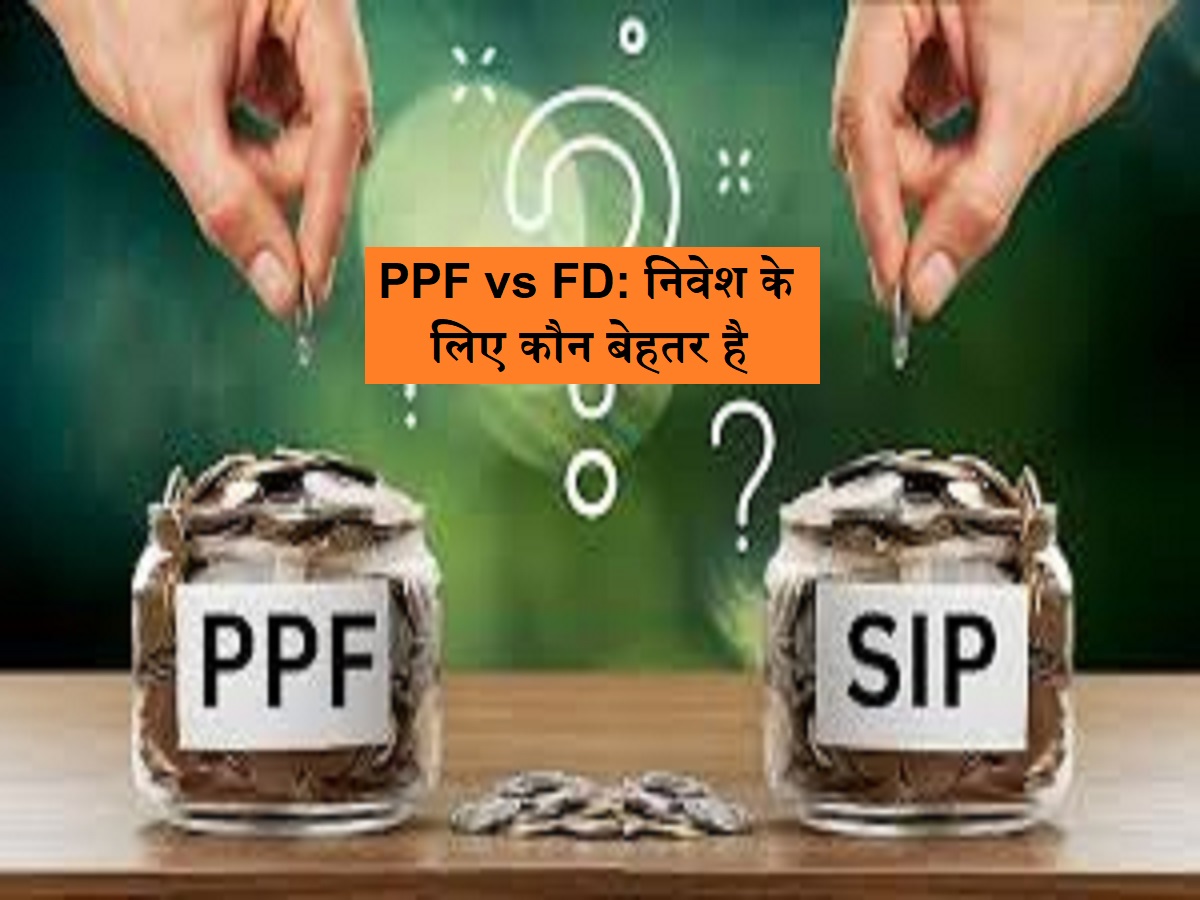News India Live, Digital Desk: Ppf vs fd: There are a large number of investors in India that avoid taking risks. These investors prefer to invest their money in such means which not only give certain income but also guarantee or almost guarantee. Two means that have attracted generations of Indians due to being safe and predicted. These two means are fixed deposits (FD) and Public Provident Fund (PPF). FD is a savings tool introduced by banks and financial institutions. They give higher interest rates than savings accounts, due to the commitment to lock the fund for basically specified periods. The interest rate is fixed for the entire period of FD. Its limit is between 7 days to 10 years. If someone withdraws money ahead of time, he has to pay a punitive fee.
On the other hand, PPF is a long -term savings/investment scheme that aims to basically create a pool after retirement. It can complement EPF (Employees Provident Fund) or for a person who does not have an employee and who does not have EPF.
FD vs PPF
Fixed Deposit (FD) is a savings option provided by banks and financial institutions, providing higher interest rates than regular savings accounts. In FD, the interest rate for the entire duration of deposits is fixed, which can range from a few months to several years. The original amount, with interest, is paid at maturity. Premature withdrawal is usually subject to punishment, making FD less flexible but stable investment option. Interest in FD is usually combined on an annual or quarterly basis, providing an estimated return. Fixed deposits are ideal for those who are looking for stable and short -term medium -term investment with fixed interest income.
Public Provident Fund or PPF is suitable for long -term scheme for retirement corpus. Additional bonus is income tax savings and compound increase. The lock-in period is 15 years old and the current rate of interest is 7.1%. In addition, a person can extend the duration of interest in the 5 -year block after a period of 15 years ends.
Decreasing interest rate
The decreasing interest rate system makes this comparison particularly interesting. The maximum duration of FD issuing is 10 years. No major bank gives an interest rate of 7.1% for 10 -year -old FD. In addition, with the decline in interest rates in the country, the rates of rates are expected to fall further from the existing levels. However, PPF has been paying 7.1% for the last few years. Although the interest rate of PPF is revised once every three months, it is unlikely that it will decrease a lot. Add the benefits of complete safety and long -term compound, PPF, leave the matter of income tax benefits from investment.
Siddaramaiah Cabinet: How was the journey under the leadership of Siddaramaiah for two years of Congress in Karnataka and what will be the coming days?
